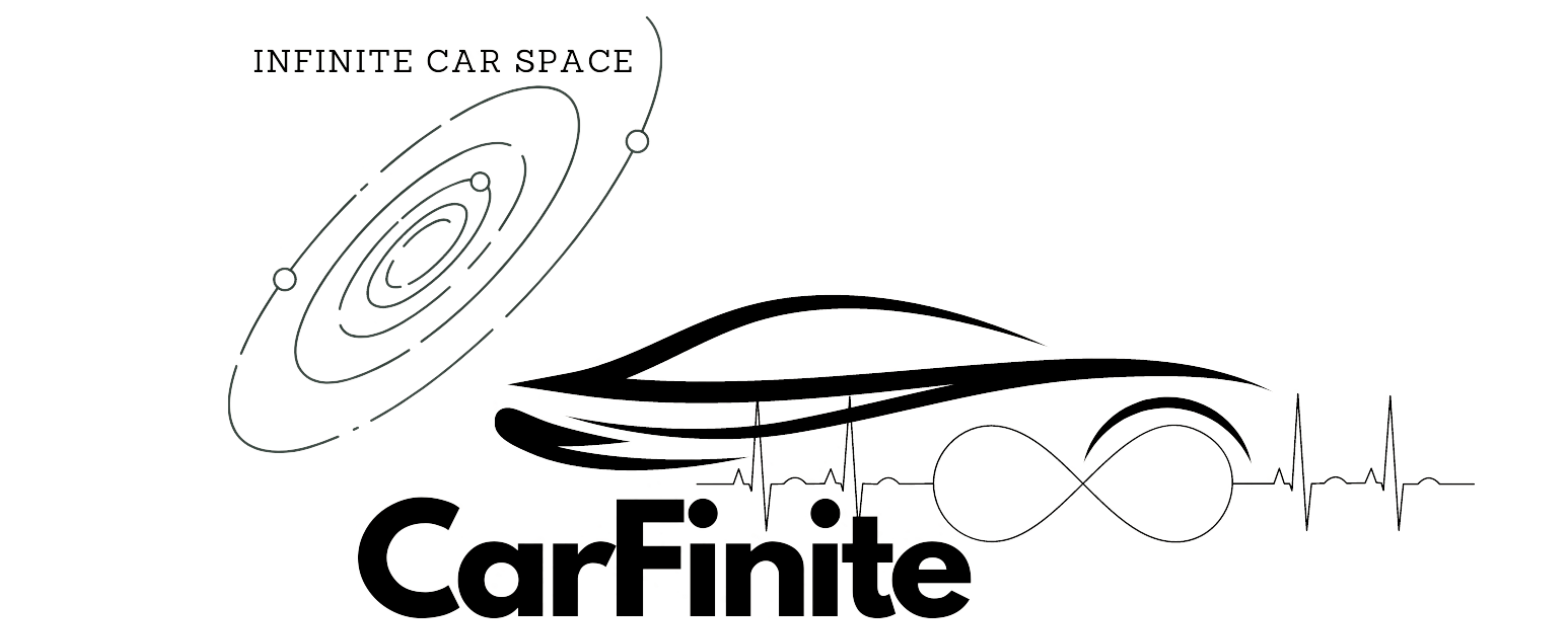Identifying whether the timing belt has been replaced in your vehicle is an important part of regular maintenance and ensuring your engine runs smoothly. There are several methods you can use to check if and when the timing belt was changed.
- Consult maintenance records for the vehicle. This will indicate the mileage and date of any timing belt replacement service.
- Look for timing belt replacement stickers or invoices under the hood or in the engine bay. These will often specify the date and mileage when the belt was changed.
- Visually inspect the condition of the current timing belt. Check for cracks, missing markings, or other signs of wear and age.
- Have a professional mechanic thoroughly inspect the belt using specialized tools. They can provide an expert opinion on belt condition.
1. Consulting Maintenance Records
One of the best ways to identify if and when the timing belt was replaced is to consult the vehicle’s maintenance history records:
- Reviewing Vehicle Maintenance History – Service invoices from previous work done on the car can indicate if and when the timing belt was replaced. Look for a specific timing belt replacement service.
- Consulting CarFax or Similar Services – Vehicle history services like CarFax often include maintenance records like timing belt replacement if it was done at a service shop.
- Inquiring with Previous Owners – If possible, asking previous owners directly may reveal if they had the timing belt replaced during their ownership.
2. Inspecting for Replacement Stickers
In many cases, timing belt replacement stickers or invoices can be found affixed under the hood or in the engine bay:
- Locating timing belt replacement stickers – Mechanics will often place a sticker indicating timing belt replacement service was performed, noting the date and mileage.
- Noting the date and mileage – The sticker information can confirm exactly when and the mileage at the time the belt was changed.
3. Visually Assessing the Timing Belt
Carefully inspecting the physical condition of the current timing belt can provide clues to its age and if it’s been replaced:
- Assessing Belt Condition – Check the belt for cracked rubber, missing teeth, dryness, or other signs of wear and age. A belt in poor condition likely indicates it’s old.
- Checking for Cracks, Glazing, or Missing Markings – Look closely for cracks in the rubber, glazing or shiny spots, peeling markings, or missing manufacturer codes on the belt’s surface.
4. Consulting a Professional Mechanic
For the most thorough assessment, have a qualified mechanic inspect the timing belt:
- Seeking a qualified mechanic’s expertise – They have the skills and experience to properly evaluate belt condition and need for replacement.
- Utilizing specialized tools and equipment – Mechanics can use tools like timing light testers, pressure gauges andLeak-down testers to fully assess the belt.
- Obtaining a professional’s opinion on replacement need – A mechanic can best advise you if the belt needs replacement based on its condition and age.
Can you feel the difference with a new timing belt?
In most cases, you will not feel an obvious difference in engine performance or operation with a new timing belt. The timing belt is a hidden component that operates smoothly when working correctly.
Can a mechanic tell if a timing belt has been changed?
Yes, an experienced mechanic can determine if the timing belt has been replaced by:
- Checking service records for a timing belt replacement
- Looking for markings/stickers indicating it was changed
- Thoroughly inspecting the physical condition and signs of wear
- Using specialized tools to assess if it’s new or needs changing
How to know when to replace timing belt?
The timing belt should be replaced according to the manufacturer’s recommended service intervals, usually between 60,000-100,000 miles depending on the vehicle. Most mechanics recommend replacing it at 60,000 miles or 5-6 years, whichever comes first.
What is a timing belt?
A timing belt is a reinforced rubber belt located in the front portion of the engine that synchronizes the rotation of the crankshaft and camshaft. It is critical for proper valve timing and operation of the engine. A broken timing belt can cause serious internal engine damage.

John Smith, a Los Angeles-based car specialist and automotive writer, boasts over 20 years in the industry. With a background as a master technician and a decade-long writing stint at notable automotive publications, John now shares his expansive knowledge on CarFinite, simplifying car maintenance for readers.

